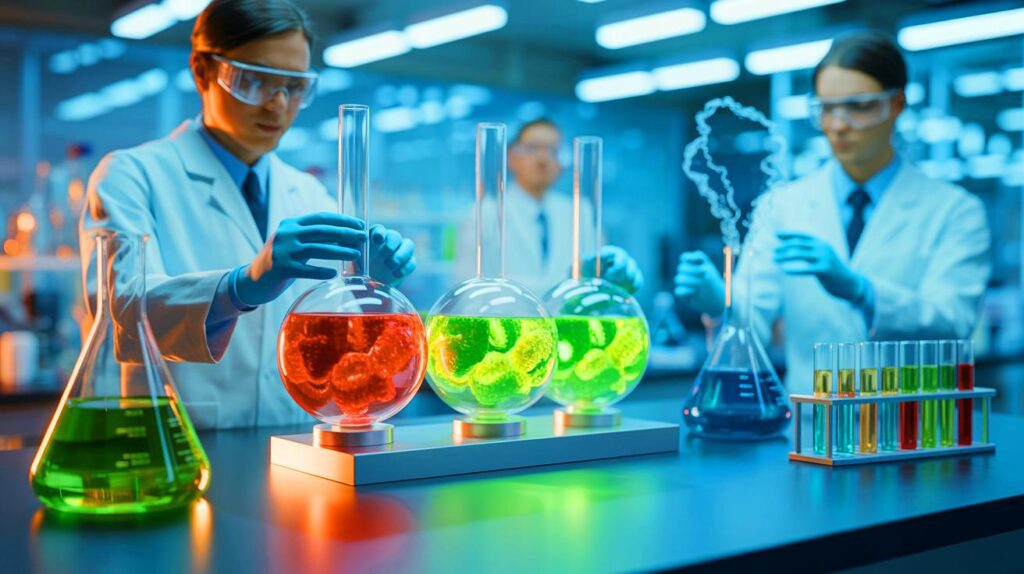Scientists at the National University of Singapore have developed a method to convert carbon dioxide into liquid hydrocarbons, potentially leading to sustainable aviation fuels. By using nickel-based materials for the electrochemical reduction of CO2, this technique presents a more efficient alternative to traditional methods. The researchers implemented pulsed potential electrolysis to achieve a 400% improvement in the production of branched hydrocarbons, essential for advanced fuels.
Their interdisciplinary approach combined catalyst synthesis and modeling to enhance understanding of CO2 reduction mechanisms. The introduction of fluoride ions into nickel catalysts has stabilized their oxidation state, crucial for creating longer hydrocarbon chains. This method can yield hydrocarbons up to C6, aiming to significantly lower the carbon footprint of air travel.
While the findings are promising, challenges remain for commercial scalability and consistent hydrocarbon structure control. Continued research could enable this technology to contribute to green energy transitions, offering a viable solution to environmental challenges. The study underscores the importance of interdisciplinary collaboration in advancing sustainable technologies.
Source link


